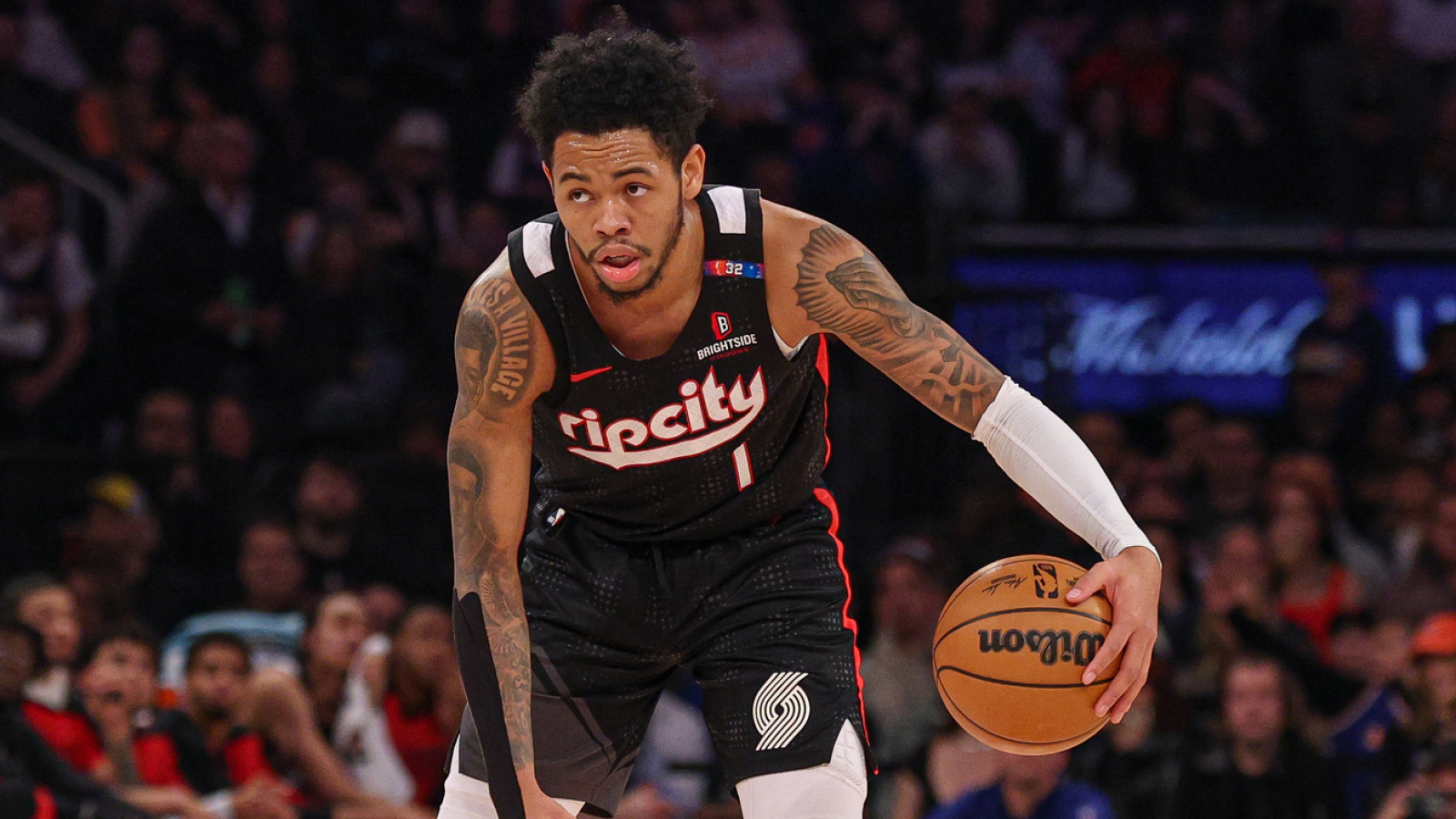The Boston Celtics’ strategic approach to their roster, particularly concerning Anfernee Simons, transcends a simple luxury tax dilemma, embodying a more nuanced long-term vision for the franchise.
Despite his significant inclusion in the trades that saw champions Jrue Holiday and Kristaps Porzingis depart, Simons’ arrival has been notably low-key, without the typical fanfare of a press conference. This quiet integration belies the potential impact his tenure in Boston could have on the team’s future salary cap flexibility and competitive window.
The prevailing narrative often frames Simons’ substantial $27,678,571 salary for the upcoming 2025-26 season as an immediate burden tied inextricably to the luxury tax threshold and its restrictive aprons. However, the Boston Celtics’ front office, led by Brad Stevens, maintains strategic flexibility, indicating that offloading his contract this summer is not a mandatory prerequisite for avoiding financial penalties.
This nuanced financial maneuvering highlights a proactive stance by the Celtics to navigate the complexities of the NBA Luxury Tax. The organization is exploring avenues that allow for roster adjustments and future strategic plays, even if it means operating near or above the designated tax lines in the short term. The emphasis remains on sustained competitiveness rather than immediate financial relief at all costs.
Critically, the discussion surrounding Anfernee Simons extends beyond his contractual obligations to his inherent value as an evolving talent. An improved Simons, whether through enhanced on-court performance or demonstrated growth, would undeniably augment the Celtics’ overall roster strength. His skill set offers a dynamic element that could benefit the team’s offensive and defensive schemes.
Furthermore, Simons’ potential for growth also positions him as a valuable asset in future trade scenarios. The ability to develop a player and then leverage that development for significant returns in the trade market is a hallmark of shrewd team management. The Celtics could choose to invest in his progression, knowing that his contract could become an appealing piece for other teams.
The option to move a significant portion of his salary even 20 games into the season provides additional flexibility. This strategic window allows the Celtics to assess the team’s performance, Simons’ integration, and the evolving NBA landscape before committing to a final decision on his long-term future. This adaptability is key to maintaining a competitive edge in a demanding league.
Ultimately, the Celtics’ approach to Anfernee Simons exemplifies a long-term strategic vision that balances immediate competitive aspirations with future financial prudence. It underscores a willingness to take calculated risks on player potential, recognizing that such investments can yield dividends either through on-court success or by enhancing future trade capital.
The narrative surrounding Simons and the NBA Luxury Tax is far more intricate than a simple either-or proposition, underscoring the complexities of modern NBA roster construction and financial management in pursuit of championship contention.






Leave a Reply